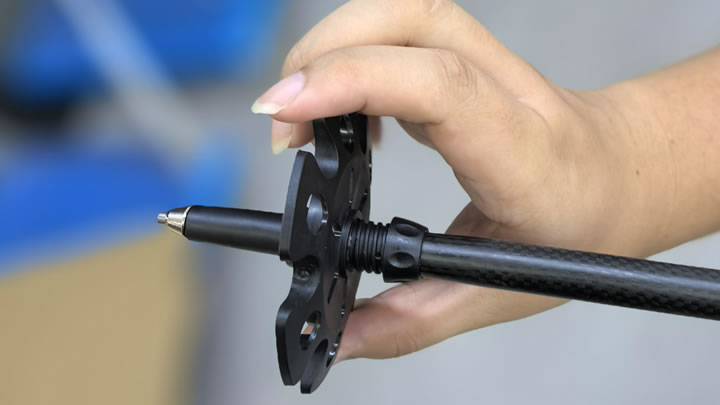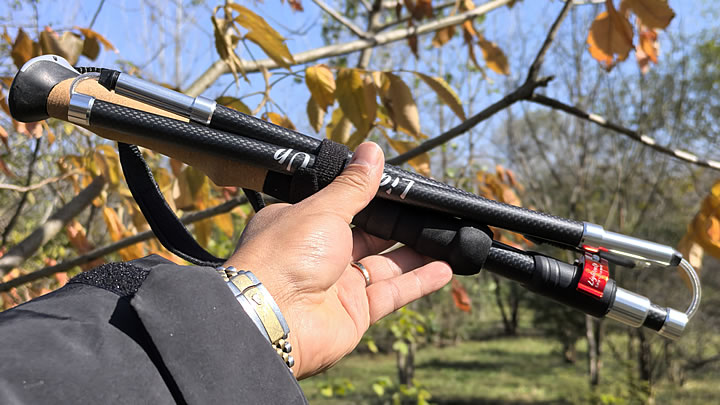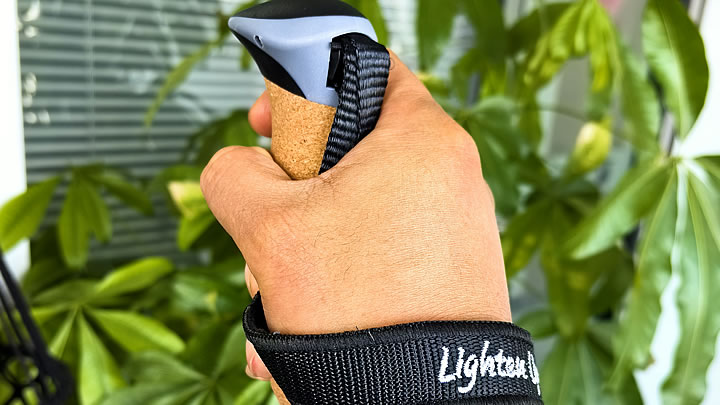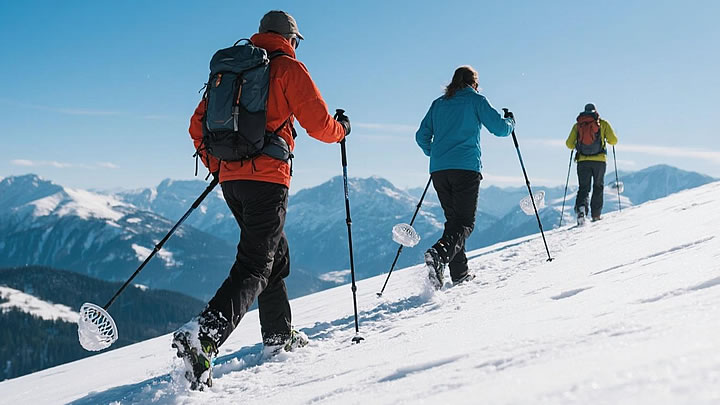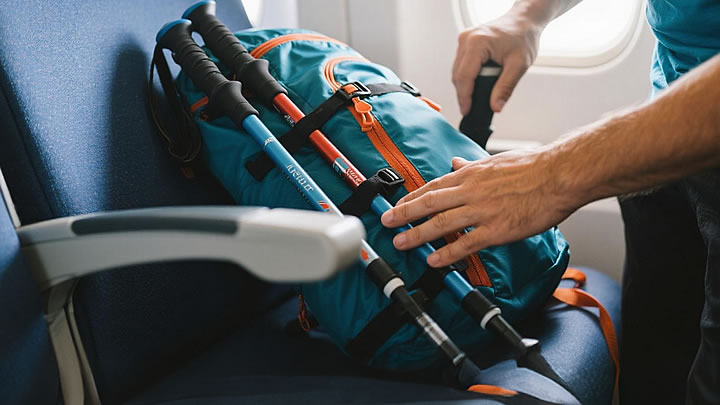Can carabiner clips be used for aerial yoga or fitness equipment?
Aerial yoga and fitness equipment demand tools that balance strength, safety, and fluid movement. While carabiner clips are common in climbing, their suitability for aerial disciplines hinges on rigorous standards and specialized design. Here’s a comprehensive guide to using carabiners safely in aerial arts—and when to opt for alternatives.
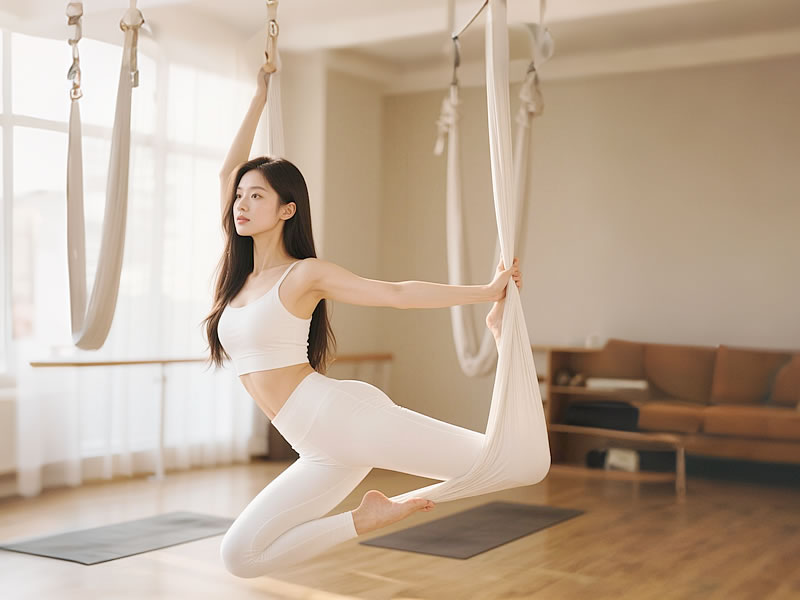
1. The Unique Demands of Aerial Yoga/Fitness
Aerial systems endure dynamic forces:
- Swinging Loads: Sudden movements multiply stress on hardware.
- Body Weight: Forces can exceed 1,000 lbs during drops or spins.
- Frequent Use: Daily sessions accelerate wear on gates and hinges.
Standard climbing carabiners often fail under these conditions.
2. Essential Features for Aerial-Grade Carabiners
Material
- Stainless Steel: Rust-proof and durable (e.g., Petzl OK Stainless).
- Aircraft-Grade Aluminum: Lightweight but strong (e.g., Black Diamond GridLock).Avoid zinc alloys—they crack under repetitive stress.
Locking Mechanisms
- Screwgate: Manual locking for maximum security (e.g., CAMP Orbit).
- Triple-Action Autolock: Combines speed and safety (e.g., DMM Rhino).
Certifications
- UIAA/EN 12275: Ensures strength (25+ kN) and gate reliability.
- CE Marked: Complies with EU safety directives.
3. Why Most Climbing Carabiners Aren’t Suitable
- Non-Locking Gates: Wire gates open accidentally during spins.
- Insufficient Strength: Recreational clips (18–22 kN) risk deformation.
- Corrosion: Sweat and humidity degrade aluminum over time.
Real-World Example: In 2022, a gym’s aerial hoop failed when a non-certified carabiner snapped mid-swing, causing severe injury.
4. Top Aerial-Safe Carabiners for 2024
- Petzl OK Stainless (30 kN): Screwgate, saltwater-resistant.
- Black Diamond GridLock (27 kN): Triple-action lock, lightweight.
- Crosby 209A (50 kN): Industrial-grade for heavy rigging.
5. Critical Installation Tips
- Professional Rigging: Have a certified technician install anchor points.
- Redundancy: Use two carabiners in tandem for critical connections.
- Alignment: Load carabiners along the spine—never cross-load.
6. Maintenance for Longevity
- Weekly Inspection: Check for cracks, gate wobble, or rust.
- Monthly Cleaning: Soak in warm water, scrub hinges, and lubricate with silicone spray.
- Annual Retirement: Replace carabiners after 1 year of daily use, even if undamaged.
7. When to Avoid Carabiners Entirely
- Silks/Ropes: Use soft shackles or specialized aerial hardware to prevent fiber abrasion.
- High-Impact Drops: Opt for welded steel rings or forged connectors.
- Shared Studios: Carabiners may loosen if frequently adjusted by multiple users.
8. Cost vs. Safety: A Necessary Trade-Off
While aerial-grade carabiners cost 20–20–50 each, they’re cheaper than medical bills. Budget-friendly alternatives like ISAT Aerial Steel Carabiners ($15) meet basic standards but lack longevity.
Final Safety Checklist
- Use UIAA/EN-certified locking carabiners with 25+ kN strength.
- Inspect before every session—retire at the first sign of wear.
- Never substitute climbing or hardware-store clips without consulting an aerial specialist.

